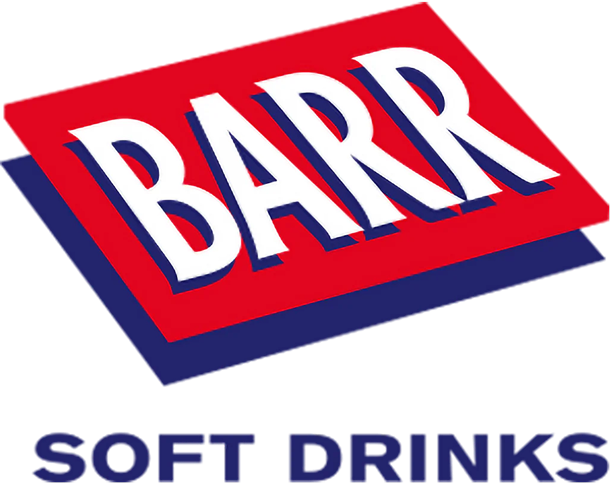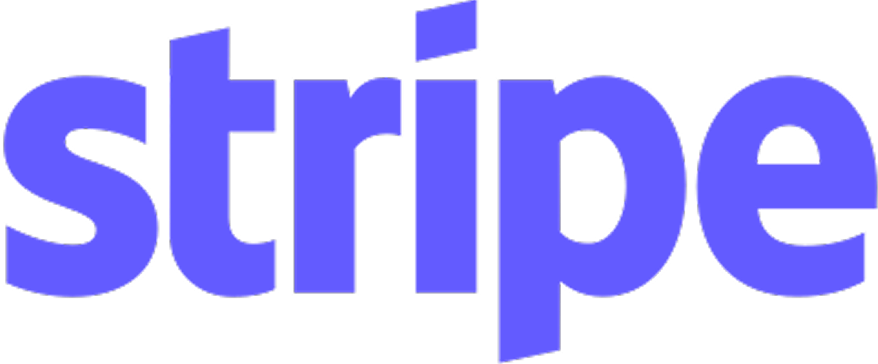How Often Should You Post Content on LinkedIn?
Discover a LinkedIn content strategy that balances frequency and quality for better engagement. Learn how often to post and keep your audience engaged.

Posting on LinkedIn can feel a bit like trying to find the perfect time to water a plant. Do it too often, and it starts to droop. Leave it too long, and it dries out. Some people worry that if they post too much, they’ll annoy their followers. Others hold back and hardly post at all, afraid their content won’t land well. That balance between staying visible and staying relevant is what makes posting frequency such a common struggle.
Having a clear LinkedIn content strategy helps take the guesswork out of it. Instead of second-guessing every time you post, you can follow a rhythm that works for you and your audience. But to find that rhythm, you need to understand who you’re speaking to, what they respond to, and how often they’re willing to engage. Let’s break it down.
Understanding Your Audience
Every audience is different. What works for one group might completely miss the mark with another. That’s why the first step in working out how often to post is knowing who you're talking to. If you're aiming at busy agency owners, they may only check LinkedIn during planned breaks. If it’s consultants, they might jump on in short bursts between meetings.
It helps to look over your recent posts and ask yourself a few quick questions:
- When are people most likely to comment or share?
- Do particular topics get more traction?
- Are there times when things look a bit flat?
Over time, patterns begin to show. Maybe your posts get more comments on Tuesday mornings. Maybe long reflections perform better midweek, while short tips work well on Fridays. These details help you choose the right windows to get noticed.
You can also spend time observing what your connections interact with. Watch what kind of posts they’re liking or commenting on. If short story-based updates gain momentum, you know that’s the type of content they value.
Don’t stress if things feel quiet when you start something new. People need time to get used to a new rhythm. Once they know to expect value from your posts, they start keeping an eye out for them. That’s when you know your strategy is starting to click.
Consistency Over Quantity
Posting regularly helps build familiarity. Your audience will begin to recognise your voice and stop their scroll to check out what you’ve shared. But post too often, and it can start to feel overwhelming. Post too little, and people may forget you exist.
Hitting the sweet spot means finding a pace that people can keep up with and that you can actually stick to. That doesn’t mean posting every single day. It means choosing a rhythm that feels manageable and reliable—something that keeps you visible without overdoing it.
Think of it this way:
- More than once a day: a bit too much, risks becoming background noise
- Less than once a week: not enough, risks people forgetting you
- Two to three times a week: just right for sharing ideas without overloading
To keep it smooth, map out a weekly structure. A simple version might look like this:
- Monday: a strong insight or opinion to start the week
- Wednesday: a how-to or bit of advice
- Friday: a personal story, a challenge, or something reflective
That kind of rhythm builds trust. It also saves you from having to come up with content ideas on the spot. Over time, your audience will come to expect those kinds of posts from you at those times.
Each post should feel like part of a bigger picture. When done well, regular posting doesn’t just help with visibility—it strengthens how people understand what you do and what you stand for.
Ideal Posting Frequency
There’s no single number that fits everyone, but having a general range is useful. Rather than aiming for a certain amount each week just to tick it off a to-do list, treat posting like a conversation that keeps your voice out there without dominating the room.
For most B2B professionals, two to three posts a week seems to be a good balance. It keeps your presence going while giving people some breathing space. More than that is doable, but you’ve got to be sure each post brings something new.
Here's how a typical week could look:
- Early week: share practical advice, something helpful to kick off the week
- Midweek: a thoughtful piece that invites conversation
- Later week: something lighter, personal, or reflective to end the week well
Planning this way prevents you from repeating the same ideas too often. It also gives your audience variety, which helps hold their attention.
Numbers don’t matter as much as meaning. People are more likely to stick with someone who consistently shares honest and thoughtful posts than someone who floods their feed five days a week with bland updates. If you’re posting twice a week but every one of those posts feels valuable, you’re doing it right.
Monitoring And Adjusting Over Time
Once you’ve got a rhythm going, the next step is to keep an eye on how it’s working. LinkedIn gives plenty of clues—if you’re paying attention.
Watch for signs like:
- More comments or shares than your usual posts
- Reactions that come in quickly once you post
- Messages or replies that reference something you’ve shared
All of these are signs that your content is landing well. Keep note of what gets traction and when. From that, you can build a clearer picture of what your audience enjoys.
If you’re putting something out on a Wednesday and it keeps getting good feedback, that’s a solid slot to hang onto. If updates on Friday go unnoticed, try shifting to earlier in the day or tweaking the tone.
Here are a few small things you might test:
- Change your post time by an hour or two
- Make your writing style a bit more casual or more structured
- Rewrite your opening line to be more direct or surprising
Don’t change too many things at once. Slow, focused tweaks give better insights. Tracking your performance doesn’t need to be complex. A handful of notes each week can go a long way toward steering you the right way.
Why Quality Always Wins
Posting frequently is great, but it only works if the content holds up. People follow creators because they want to learn something, feel seen, or be inspired. If your posts don’t offer that, it doesn’t matter how often you show up—they won’t stop to read.
Strong posts usually:
- Tell a short, meaningful story
- Share a personal win or mistake with a clear takeaway
- Offer a piece of advice that someone can use straight away
- Ask a thoughtful question to spark conversation
For example, think about a coach who shares a quick story about a time they made a big misstep early in their career. The vulnerability is real, but there’s also a takeaway. That kind of post will connect far better than three bland tips with no personality.
Before you post, ask yourself:
- Is this something I’d stop to read?
- Does it speak to a real experience or insight?
- Will someone actually find this helpful or feel something from it?
If the answer is yes, even one post like that a week will deliver more value than five filler updates. Don’t post just to tick a box. Make sure it means something.
Your Posting Rhythm Should Be Yours
When it comes to building a LinkedIn content strategy, what matters most is that the schedule works for you. Chasing a perfect number is less helpful than finding a rhythm that fits your voice, your ideas, and your audience.
Start with a guess you can maintain, then let the results guide you. Watch what works, listen to your audience, and tweak along the way. Consistency matters, but growth comes from paying attention.
It’s fine to have off weeks. What counts is building a steady, meaningful presence over time. If your content feels good to make and lands well with the people who see it, you’re doing something right. Keep showing up, one thoughtful post at a time.
To build a successful LinkedIn presence, it's all about understanding your audience and maintaining consistency. Experimentation is part of the journey, and having a clear strategy can make a big difference. If you're ready to fine-tune your approach and need help crafting a linkedin content strategy that genuinely reflects your brand, explore our LinkedIn Ghostwriting services at Media Engine. Let us help you enhance your online presence and engage your audience effectively.
Across 200+ LinkedIn profiles, we’ve brought in qualified pipeline from...
































.png)

.png)

%20(1)%20(1).png)
.svg)











